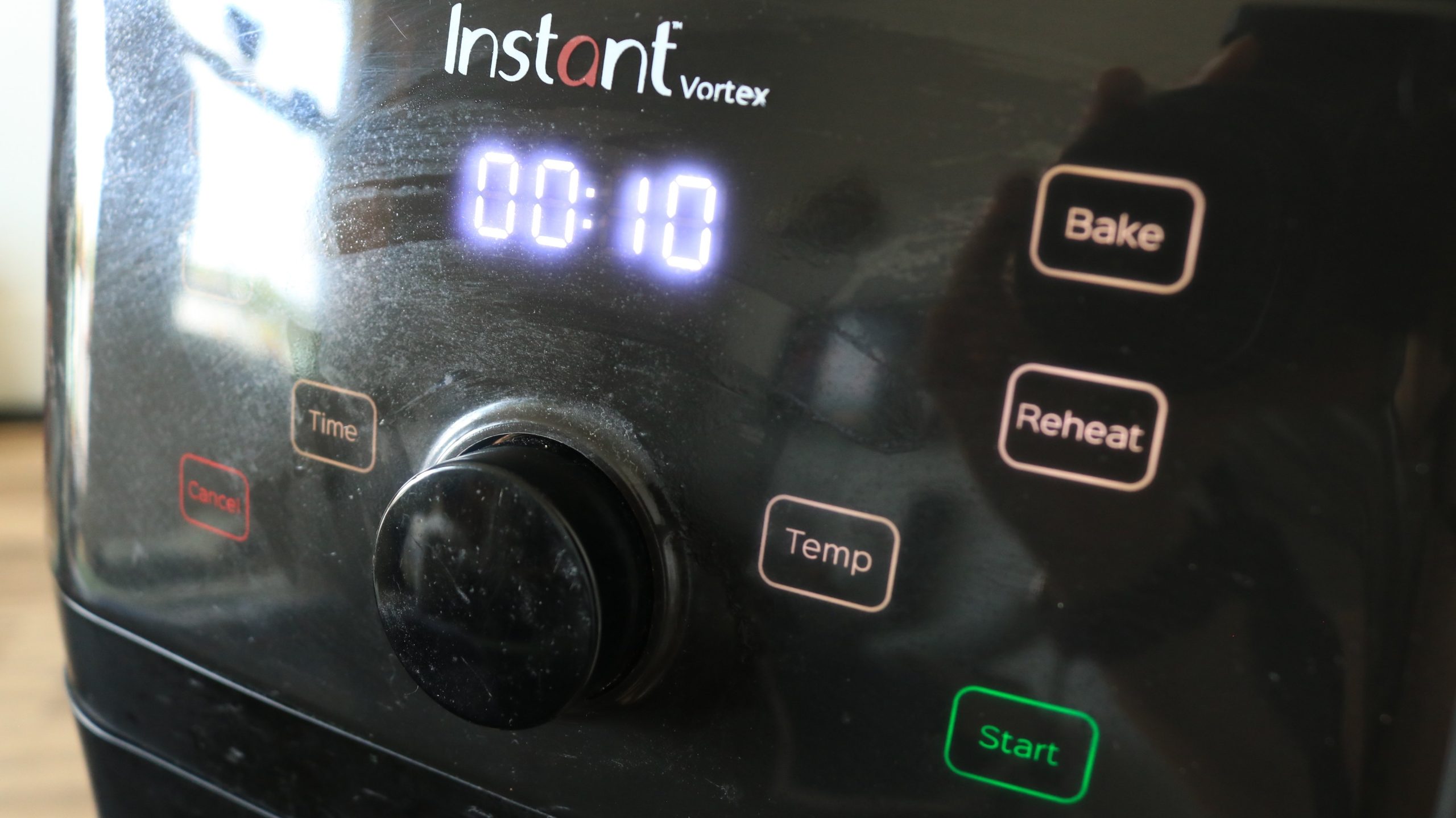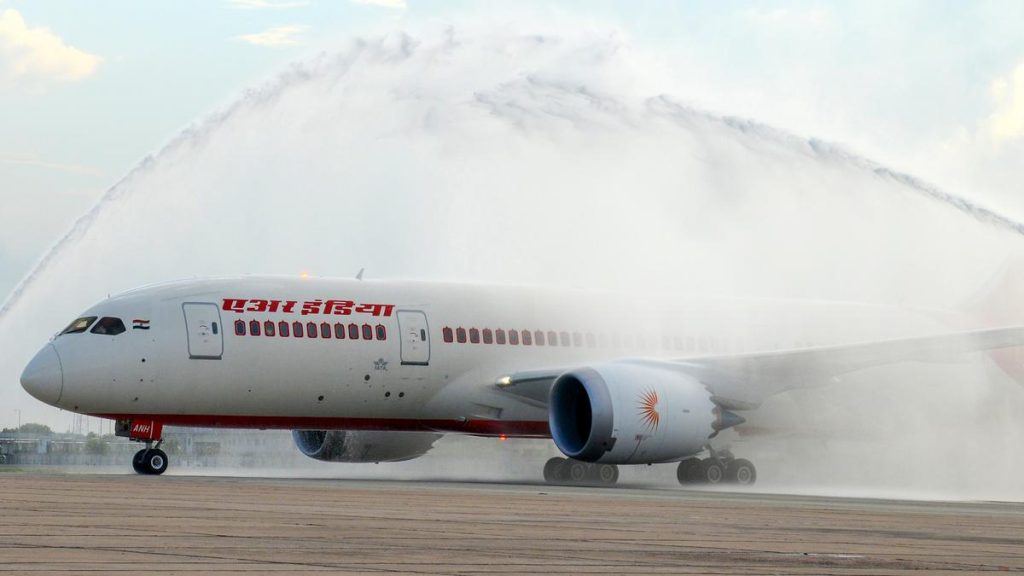Now Reading: Key Lessons from a Week of Meal Prep with an Air Fryer
-
01
Key Lessons from a Week of Meal Prep with an Air Fryer
Key Lessons from a Week of Meal Prep with an Air Fryer

Quick Summary
- An experiment was conducted using the Instant vortex air fryer to prepare all meals for a week.
- The instant Vortex is lightweight and compact, making it suitable for apartments with limited space.It excels at browning and crisping food evenly.
- Key observations from the experiment:
– Roasted vegetables: Items like sweet potatoes, mushrooms, and chickpeas turned out consistently well; simple roasted dishes were notably easy and flavorful.
– Breakfast options: Creative use of cake pans facilitated cooking eggs, sausages, and breakfast sandwiches effectively without mess.
– Steaming limitations: Attempts at steaming dumplings or carrots were unsatisfactory compared to traditional methods due to longer cook times and uneven results. Some mildly steamed items using option approaches fared better but required adjustments.
– Most successful dish: Breakfast sandwich prepared in five minutes with minimal cleanup stood out as a clear win.
– Least successful dish: Steamed dumplings proved inferior by comparison to other cooking methods.
- Conclusion from the test: While versatile for roasting/crisping meals quickly with reduced cleanup, air fryers cannot fully replace stovetop functionalities like boiling or steaming.
!2000×1124.v1752523229.jpg”>Steaming attempts in foil-covered cake pan inside an air fryer
Credit: Allie Chanthorn Reinmann
Indian Opinion Analysis
India has seen growing interest in kitchen appliances like air fryers due to their convenience amidst urban lifestyles characterized by smaller living spaces and busier schedules. The experiment showcased practical insights into using an air fryer effectively while highlighting its limitations such as lack of versatility for steaming or soup preparation.
For Indian households-which often rely on diverse cooking techniques including frying, boiling soups (such as dal), sautéing spices (like tadka), or slow steaming dishes (idlis)-air fryers may be best utilized as supplementary tools rather than primary appliances.Their utility lies specifically in quick preparation of light snacks (e.g., roasted vegetables/chickpeas) or assisting individuals seeking minimal effort post-work routines.
This analysis underscores how urban Indians can leverage such devices strategically while remaining aware that traditional stovetops offer irreplaceable flexibility for culturally specific recipes central to everyday cooking needs.

























